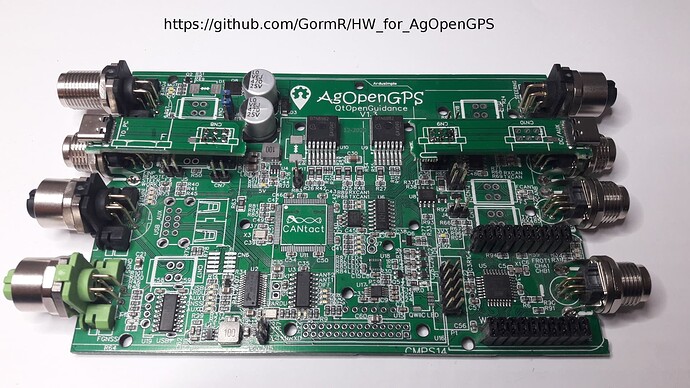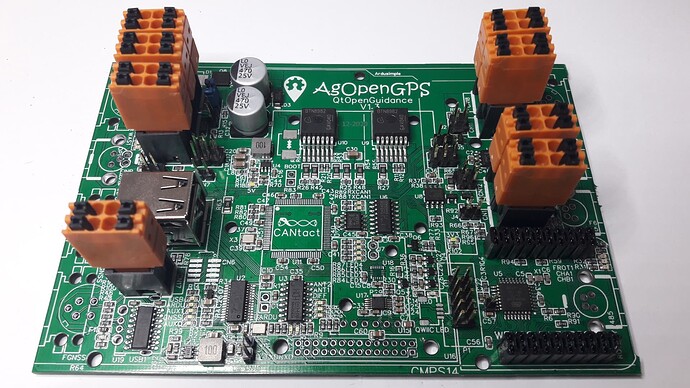Full featured M12/M8 PCBA
Full features PushIn PCBA

Autosteer PushIn PCBA

Soldering is no rocket science (but the 2 USB-C in the first picture took half an hour of my life ![]() )
)
Quick update with the first pictures. Already tested and working:
- power supplies
- USB hub
- Nano bootloader programming
Known issues till now:
- Some extra milling at the edge necessary if using M8 connectors

